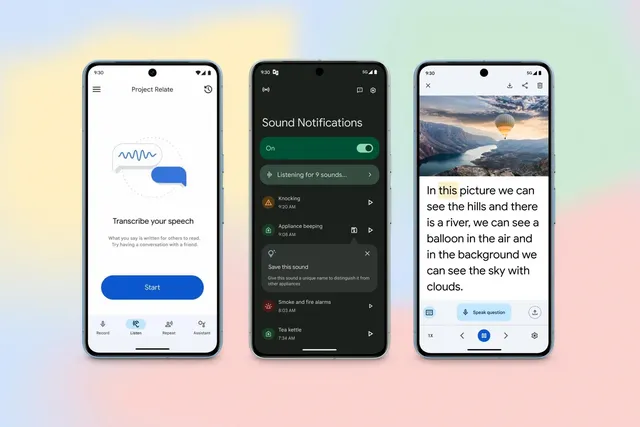To coincide with Global Accessibility Awareness Day, Google introduces a range of new and improved accessibility features for its software, focusing on enhancements to Android. One key update is a major upgrade to the Android Lookout app, aiding people who are blind or have low vision in identifying objects around them. Utilizing AI, Lookout can now detect and search for specific objects such as seating, bathrooms, and more, covering a total of seven categories.
“As you move your camera around the room, Lookout will notify you of the direction and distance to the item,” wrote Eve Andersson, Google’s senior director of product inclusion, equity, and accessibility, in a blog post.
Another notable enhancement is the Look to Speak app, allowing users to select prewritten, customizable phrases with their eyes, then read aloud by their device. The app now features a text-free mode, improving communication for individuals with cognitive differences, literacy challenges, and language barriers.
Additionally, Project Gameface, enabling users to control a computer’s cursor using head movements and facial gestures, expands from PC to Android. Developers can access this functionality through GitHub.
Google’s blog post also highlights several other accessibility efforts. For example, businesses can now indicate on their Google Maps profile if they support Auracast-enabled Bluetooth devices, receiving audio from broadcast devices in locations like theaters, auditoriums, or gyms. Moreover, detailed voice guidance for Google Maps’ walking directions expands globally to all supported languages on both Android and iOS.
Sound notifications have also been redesigned based on user feedback. Improvements include a more streamlined onboarding process, enhanced sound event browsing, and the ability to save custom sounds, alerting users to important noises like fire alarms.
These updates underscore Google’s commitment to making technology more accessible. Just recently, Apple also announced upcoming accessibility enhancements to its software, including eye-tracking navigation for iPhones and iPads.














